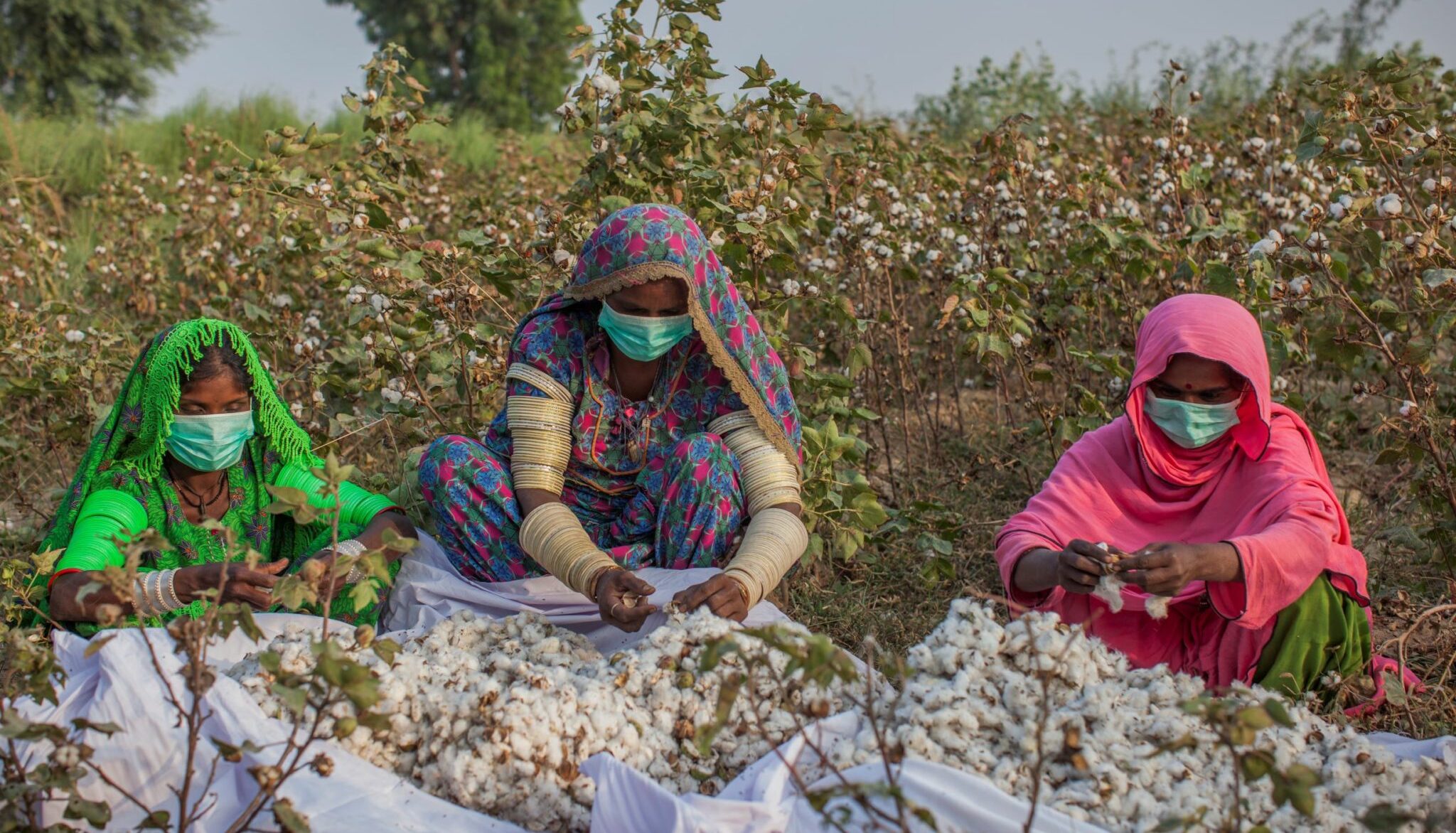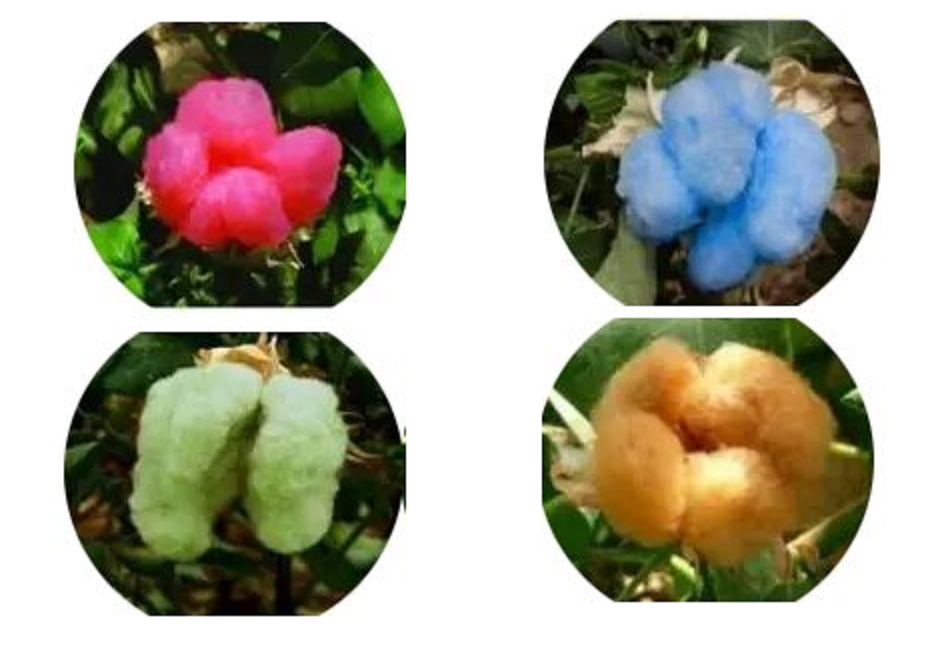Pakistan is one of the world’s leading cotton producers and exporters, with a rich history of cotton cultivation dating back to the Indus Valley civilization. Cotton is the backbone of Pakistan’s textile industry, which contributes 8.5% to the GDP and employs 45% of the labor force. Pakistan is also the fourth largest consumer of cotton in the world, after China, India and Turkey in 2022-23.
However, Pakistan faces a serious challenge in meeting its domestic demand for cotton, as its production has declined over the years due to various factors such as pest attacks, water scarcity, low yield, high input costs, and lack of research and innovation. According to the International Cotton Advisory Committee (ICAC), Pakistan’s cotton production for the season 2022-23 is estimated at 850,000 tons, while its consumption is projected at 1,900,000 tons. This means that Pakistan has a gap of 1,050,000 tons or 55% between its production and consumption of cotton.
The gap in cotton production and consumption has serious implications for Pakistan’s economy and trade balance. Pakistan has to import large quantities of cotton from other countries such as India, Brazil, and the United States to meet its domestic demand. According to the ICAC, Pakistan’s cotton imports for the season 2022-23 are expected to reach 1,050,000 to 1,200,000 tons, costing about $2.3–2.6 billion at an average price of $2.17 per kg. This will increase Pakistan’s trade deficit and put pressure on its foreign exchange reserves.
Moreover, the gap in cotton production and consumption affects the competitiveness and profitability of Pakistan’s textile industry, which relies on cheap and quality raw material for its value-added products. The high cost and low availability of domestic cotton force many textile mills to operate below their capacity or shut down their operations. This leads to loss of jobs, revenue, and market share for Pakistan’s textile sector, which accounts for 60% of the country’s exports.
Therefore, it is imperative for Pakistan to bridge the gap between its cotton production and consumption by adopting various measures such as improving seed quality, enhancing crop management practices, increasing irrigation efficiency, promoting pest-resistant varieties, investing in research and development, providing subsidies and incentives to farmers, and facilitating access to credit and markets. These measures will help Pakistan to boost its cotton output, reduce its dependence on imports, save foreign exchange, and strengthen its textile industry.



